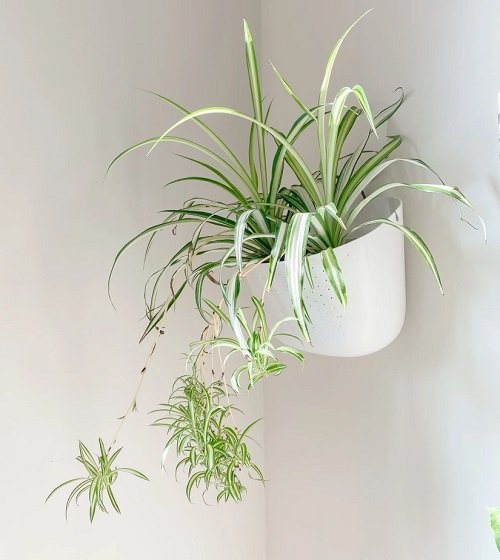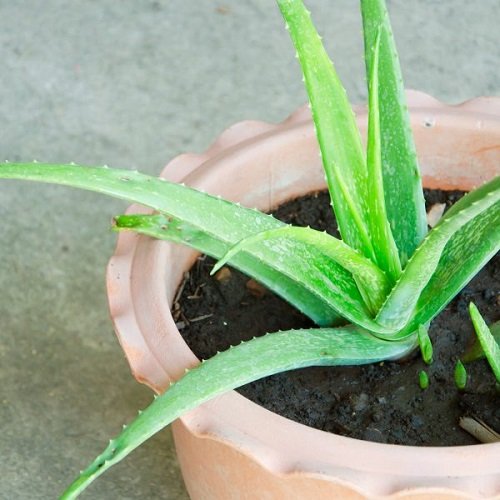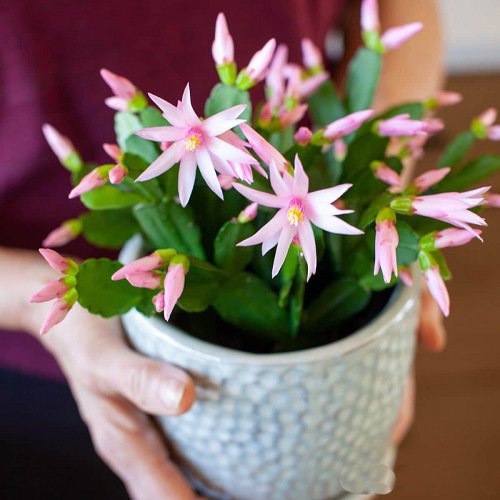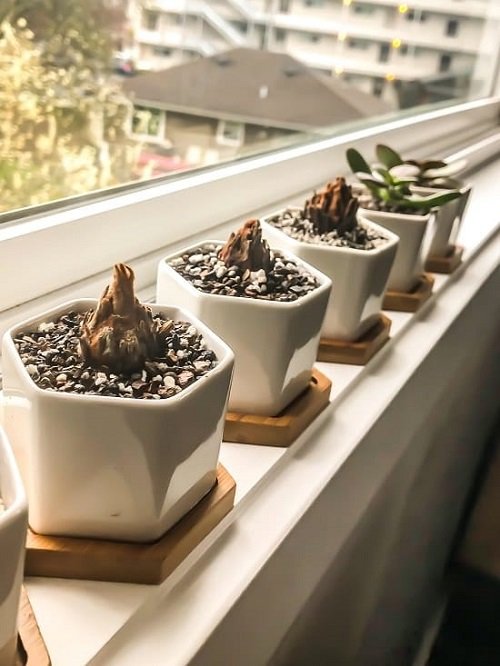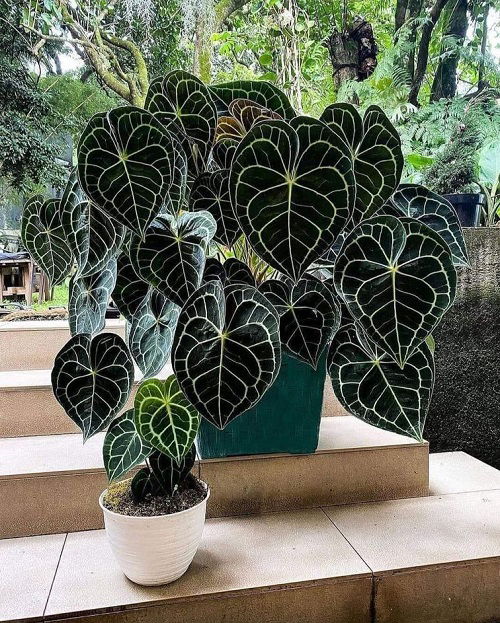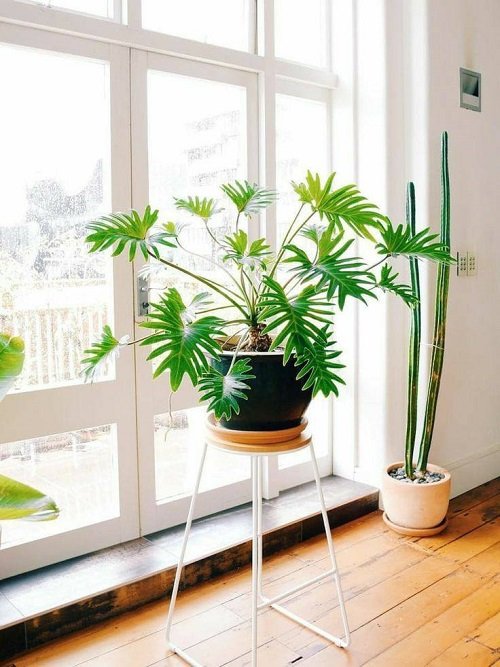Discover the list of 14 Indoor Plants You Can Grow from Pups and expand your houseplant collection absolutely free.
Growing plants from pups is a great way to have more houseplants for free. Pups, also known as plantlets or offsets, are small clones of the parent plant that can be propagated and grown into new plants. If you want to know more, here are 14 Indoor Plants You Can Grow from Pups!
Check out 18 Beautiful Succulents that Bear Pups
Indoor Plants You Can Grow from Pups
1. Spider Plant
Botanical Name: Chlorophytum comosum
Propagating a Spider plant is easy. First, identify the pups or spiderettes and carefully cut them away from the mother plant. Once they have been removed, plant them into their own pot with a potting soil mix.
Make sure to water regularly so the pups will continue to grow until roots are established.
2. Snake Plant
Botanical Name: Sansevieria trifasciata
Another indoor plant you can grow from pups is the snake plant. To begin, carefully remove the pups from the parent plant, keeping the roots intact.
Then, fill a pot with well-draining soil and place the pups or offsets in the soil, leaving the roots of the plant exposed. Water the plant and keep the soil lightly moist. The offsets will begin to take root and grow in a few weeks.
3. Bromeliads
Botanical Name: Bromeliaceae
To propagate bromeliads from pups, gently remove the pup from the mother plant and its roots. Plant the pup in a well-draining mix of soil and fertilizer or a potting mix made specifically for bromeliads.
Water well, and ensure the pups get plenty of bright and indirect light.
4. Chinese Money Plant
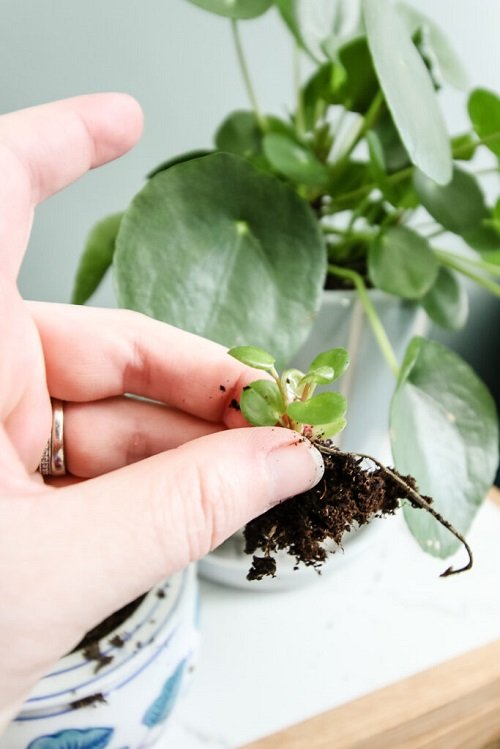
Botanical Name: Pilea peperomioides
Start by gently removing pups, or small offshoots, from the mother plant. Place the pups in a pot with moist potting soil. Make sure the soil is not too wet. Place the pot in bright, indirect light and water it regularly.
The pups should take root within a few weeks, and the new plant should start to grow. With proper care, your Pilea will thrive for many years.
Learn about Growing Chinese Money Plant here
5. Aloe
Botanical Name: Aloe barbadensis miller
Aloe vera or other plants from this genus become great indoor plants for growing from pups. Start by selecting healthy Aloe pups from an adult plant. Make sure the pups are at least two inches tall and have several plump leaves. Then, carefully remove the pups from the parent plant, taking care not to damage the roots.
Plant the pups in a pot filled with soil designed for succulents. Place the pot in a sunny spot and water it regularly.
6. Easter Cactus
Botanical Name: Hatiora gaertneri
Use a sharp knife to carefully cut the pup or offset away from the main stem. Make sure you cut a few inches away from the main stem so that the pup or offset still has some of the original roots attached.
Once the pup or offset is removed from the main stem, you can then replant it in a separate pot filled with well-draining soil. Make sure to water it regularly and provide it with plenty of bright, indirect light.
7. Air Plants

Botanical Name: Tillandsia
To start, look for pups already forming on the base or sides of a parent air plant. Carefully remove it from the parent plant, making sure to get as much of the root system as possible.
Once removed, you can transplant it into a new pot filled with fresh-air plant mix. Water the plant thoroughly and ensure bright, indirect light.
8. Sago Palm
Botanical Name: Cycas revoluta
To begin propagation, the pups or offsets must be separated from the main plant and planted in well-draining soil. The pups or offsets should be kept in a warm, humid environment with indirect light.
Once the pups or offsets have established strong roots, they can be gradually moved to a sunnier location. Read more here.
9. Bird of Paradise

Botanical Name: Strelitzia Nicolai
When it comes to indoor plants you can grow from pups, this one stands out! Once you have located a pup or offset, it’s time to get planting. Dig a hole that is slightly larger than the rooting material. Place the pup or offset in the hole and cover it with soil.
Keep the soil moist and make sure that the plant is getting plenty of sunlight. With proper care, your White Bird of Paradise should begin to grow and thrive in no time!
Learn How to Get a Bird of Paradise to Bloom here
10. Anthurium
Botanical Name: Anthurium
To propagate an anthurium plant, carefully remove the pup or offset from the mother plant and place it in a pot filled with a potting mix that is specifically designed for anthuriums.
As the pup or offset grows, it will need to be repotted into a larger pot with fresh soil. After a few weeks, you should start to see new growth on the pup or offset.
Find the Best White Anthurium Varieties here
11. Elephant Ear
Botanical Name: Colocasia
Carefully remove a pup or offset from the base of the plant. Make sure that the pup or offset has a few roots still attached. You can then plant the pup or offset in a container filled with a potting mix that is specifically designed for tropical plants.
Learn about Growing an Indoor Elephant Ear Plant here
12. Strawberry Begonia
Botanical Name: Saxifraga stolonifera
To propagate using pups, start by gently removing the pup from the base of the plant. Once removed, put the pup in a small pot filled with well-draining soil. Water the pup regularly until it has become established.
13. Philodendrons
Botanical Name: Philodendron
Some of the most beautiful philodendrons that you can grow from pups are Philodendron Pink Princess, Philodendron Xanadu, and Philodendron Burle Marx.
To propagate Philodendrons from pups, start by selecting a healthy pup with several leaves and a strong root system. Carefully cut the pup off the mother plant, taking care to keep the stem as intact as possible.
Plant the pup in a pot with well-draining soil and place it in an area that receives bright, indirect light.
Look at the Best Variegated Philodendrons here
14. Bonus – Succulents and Cacti
Some popular succulents and cacti to grow from pups include Aloes, Hens and Chicks, Gasteria, Echeveria, Crassulas, Mammillaria, and Opuntia.
To grow your own succulent or cactus pup, start by carefully dislodging the pup from the mother plant. Make sure to use a clean, sharp knife or pair of scissors. Then, let the pup dry out for a few days to let any open wounds heal. Finally, plant the pup in a pot filled with cactus soil and water sparingly. Place your new pup in a sunny spot and watch it grow!


